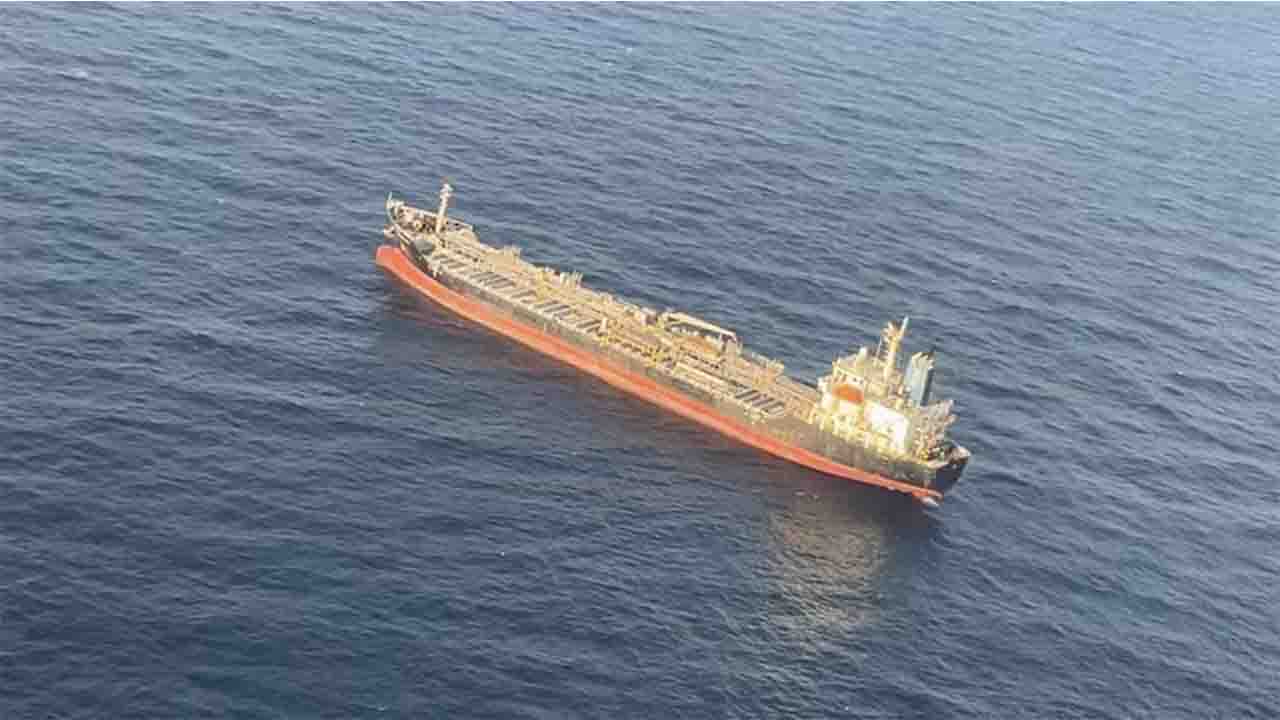(Commonwealth) _ Sri Lanka finds itself in a precarious situation following a recent maritime incident involving a cargo vessel colliding with a key bridge in Baltimore. The vessel in question, the Singapore-flagged container ship Dali, bound for Colombo, Sri Lanka, from the United States, is shrouded in uncertainty regarding the nature of its cargo. As per standard protocol, vessels are required to declare the contents of their containers 72 hours prior to arrival at the Colombo Port. However, due to the collision occurring before this declaration period, Sri Lankan officials remain unaware of the hazardous materials aboard.
Reports from US media indicate that the Dali was transporting 764 tonnes of hazardous materials, including corrosives, flammables, miscellaneous hazardous materials, and Class-9 hazardous materials such as explosives and lithium-ion batteries. These materials fall under the International Maritime Dangerous Goods Code and pose significant risks to both human health and the environment. Despite ongoing analysis by the US National Transportation Safety Board to determine the contents of the remaining containers, concerns loom over the potential threat posed by the undisclosed cargo.
The Dali’s journey before the collision included stops at New York and Norfolk, Virginia, home to the world’s largest naval base. Scheduled to arrive in Colombo after transiting around South Africa’s Cape of Good Hope, the vessel’s expected arrival date is April 21, 2024. With the declaration deadline fast approaching, Sri Lanka Ports Authority (SLPA) Chairman Keith Bernard emphasizes the importance of adhering to established protocols. Containers identified as carrying hazardous materials will be isolated and handled according to stringent safety measures. As a crucial transshipment hub, Colombo Port has robust procedures in place to manage such contingencies effectively.
The collision of the Dali cargo vessel has prompted significant attention to maritime safety and the regulation of hazardous cargo transportation, not only in Sri Lanka but globally. The response of Sri Lankan authorities highlights the necessity for proactive measures to mitigate the potential risks associated with maritime accidents involving hazardous materials.
If hazardous containers are indeed destined for Sri Lanka, clearance from relevant authorities, including the Defence Ministry, will be diligently sought. However, Deputy Director of the Central Environment Authority (CEA), Ajith Wijesundara, emphasizes the country’s unwavering commitment to environmental protection. He cites the Basel Convention, an international treaty that prohibits the import of hazardous wastes and toxic substances, underscoring the paramount importance of adhering to these international regulations to safeguard Sri Lanka’s ecological integrity.
This incident serves as a stark reminder of the need for collaboration between national and international agencies to ensure transparency, accountability, and adherence to environmental standards in maritime operations. Effective coordination among stakeholders is essential to address the broader concerns raised by the collision of the Dali and to prevent similar incidents in the future.
Sri Lanka’s response underscores its dedication to upholding maritime safety and environmental preservation. By prioritizing proactive measures and engaging in collaborative efforts, the country aims to mitigate the potential risks posed by hazardous cargo transportation and uphold its commitment to sustainable development and environmental stewardship on both national and international levels.
As Sri Lanka awaits further information on the contents of the Dali containers, the incident serves as a stark reminder of the need for comprehensive risk management strategies in the maritime industry. Heightened awareness, stringent regulations, and effective response mechanisms are imperative to safeguard the well-being of coastal communities and protect marine ecosystems from the adverse impacts of hazardous cargo incidents.








